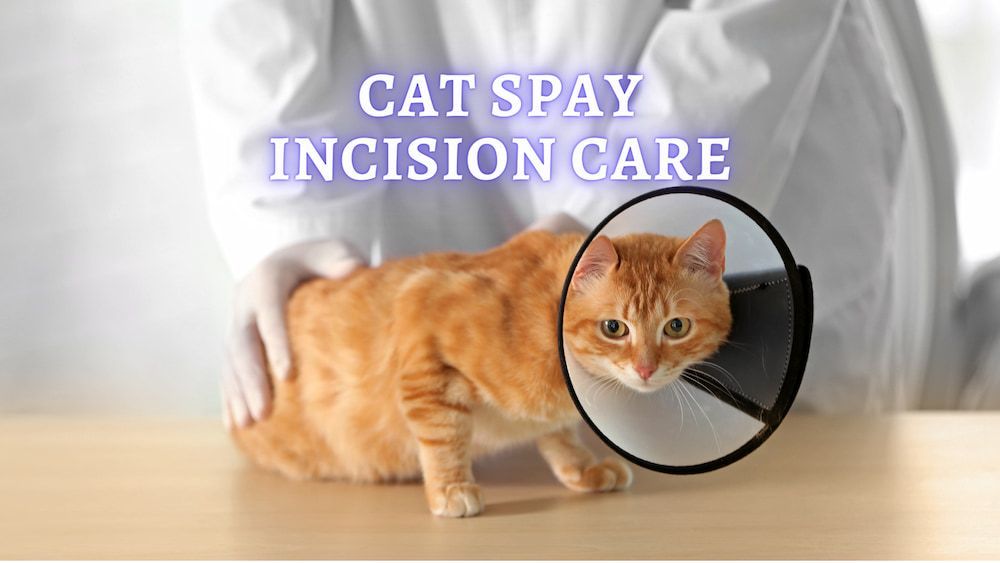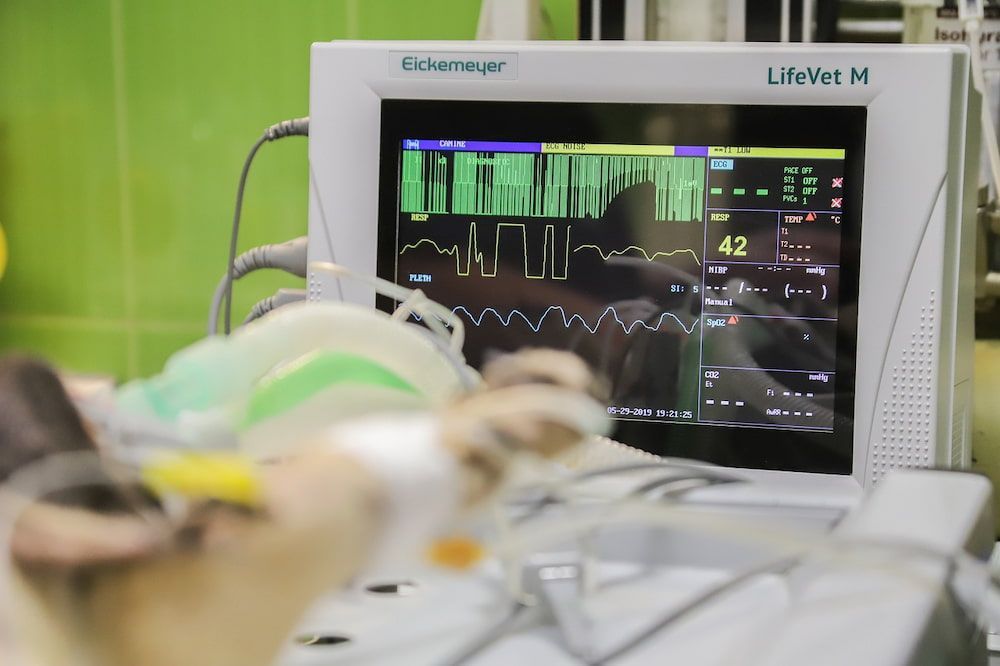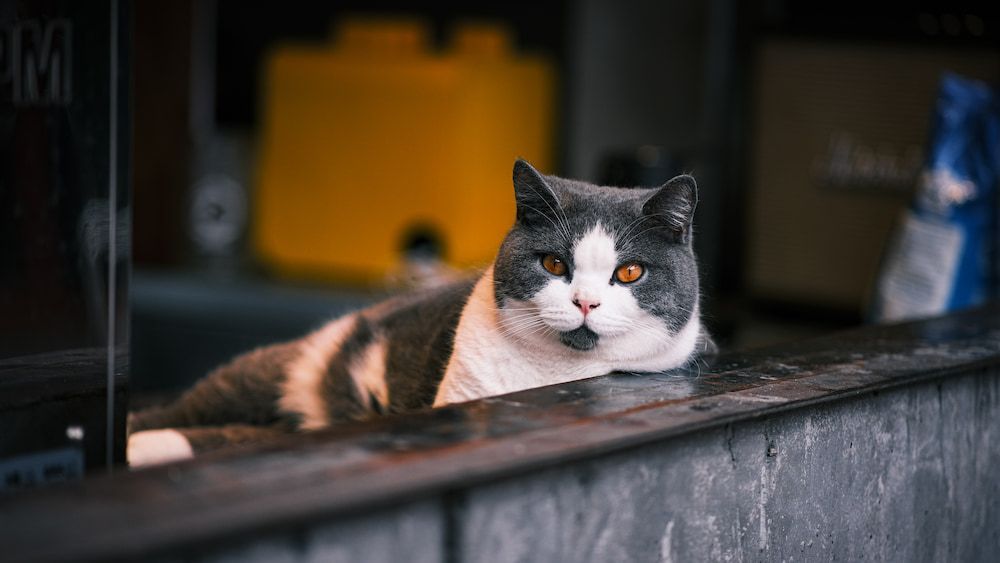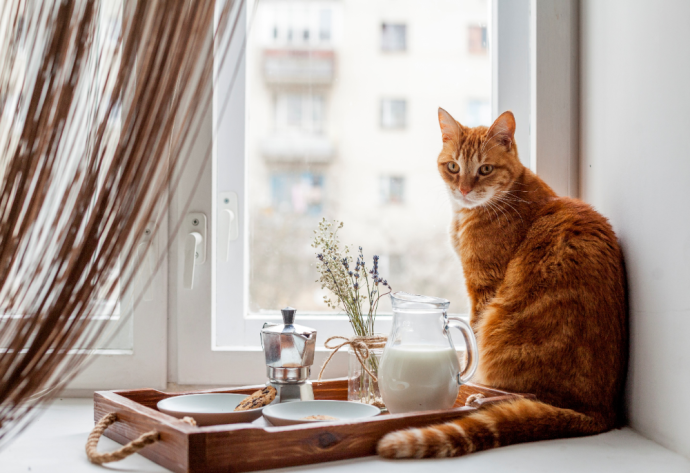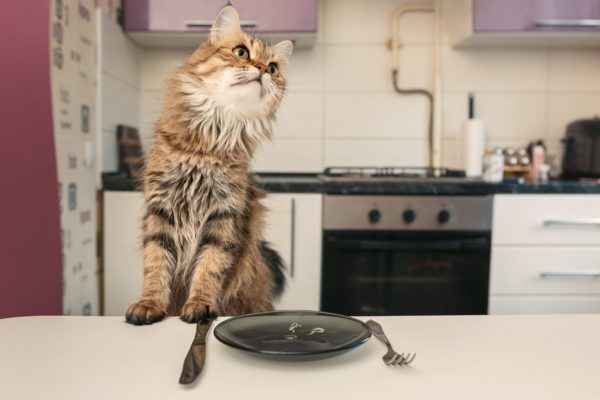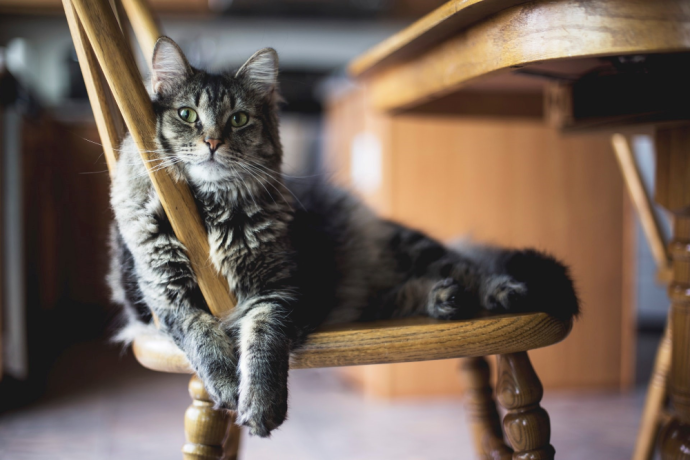Cat Spay Incision Healing Process and Care (Vet Advice)
Written by:
Author: Dr. Linda Simon
Dr. Linda Simon is a veterinary surgeon working with seven years of experience. She is a fellow of the British Veterinary Association and specializing in animal medicine. Also, she has been the Woman magazine resident vet for the past two years and writes a regular column for them, focusing on pets and their health.
View all 30 articlesLearn about our editorial process and veterinary review board.
Viewed: 3211
Updated on: 06/24/2022
After your cat has had their spay surgery, you will be keeping a close eye on them and their surgical incision for a few weeks. It will help if you have prepared yourself for what to check for and what looks normal.
The veterinary technician should always talk you through your cat’s post-surgical care and most clinics will print a ‘discharge sheet’ with all the important information. Never hesitate to contact your veterinarian if you have concerns about the spay wound or your cat herself.
Is My Cat’s Incision Healing Normally?
A typical incision heals within just a few weeks, and most healing takes place in the first few days, though it will take much longer for the skin to return to its original strength. The fur will have regrown after a couple of months, and, at this point, the scar will no longer be visible.
The normal healing process should be straightforward; most cats do not experience any complications. However, there is always the possibility that things can go wrong and your kitty may experience slow healing, abnormal discharge, bruising, infections or seromas.
Is a Belly Lump Normal in Cats After Spay Surgery
It is not normal for a cat to have a lump at their spay site, and the skin and wound should be smooth and flat. Small swelling may occur, particularly in the first few days. However, a noticeable lump is abnormal and could mean that blood or pus has accumulated.
The incision site may be on the cat’s belly or their side, depending on the surgical procedure used by the vet. American vets tend to access the uterus and ovaries through the belly, while European vets generally use the flank route. [1]
If too much pressure is placed no the abdominal wall or the cat’s activity levels are not decreased, it is more likely that fluid will build up at the incision site.
READ MORE: How to tell if a Cat is in Pain? (Veterinary Advice)
Reasons for a Lump at the Surgery Site
Contact your vet immediately if you suddenly see a distinctive lump at the surgery site. The sooner proactive measures are taken, the less risk of further complications. Most cats don’t need much intervention and may simply need to be prescribed anti-inflammatories and/or antibiotics to deal with the initial swelling.
A lump at the surgical site may be one of several complications, including:
- An abscess (bacterial infection)
- Seroma (build-up of fluid)
- Hematoma (build-up of blood)
- Hernia
READ MORE: Can a Cat Get Pregnant after being Spayed?
When to Contact the Vet?
Contact your veterinarian if you see a new lump or swelling, if the wound is discharging or if your cat seems unwell in any way. Many cats will be lethargic and off their food if they have an infection or wound pain.
While it is normal for the anesthetic to make your cat sleep for a day or so, they should be back to normal very soon after their procedure.
Early detection of any issues makes for a better prognosis. Contacting your veterinarian promptly means the medicine can be started immediately, preventing things from worsening.
READ MORE: Can Cats Swim?
How will my vet treat spay incision problems?
Your vet will check your cat over completely and then focus on their wound. They will examine it closely, checking for any wound dehiscence (poor healing), swelling, or abnormal discharge. They will also assess how uncomfortable your kitty is at the incision site.
What needs to be done depends on what the issue is. Usually, a short course of medicine and time are all needed, and the wound will heal quickly, even if there is some inflammation or a mild infection.
Sometimes, further tests are needed such as a swab and a culture and sensitivity. This means that the discharge is swabbed and sent to the lab for analysis to check which antibiotics would be most appropriate. This is generally only done if the infection is not responding to the usual antibiotics we would issue.
While some vets will drain seromas, many leave them and let the body absorb the excess fluid. Indeed, after draining the often refill quite quickly. Pressure bandages are an option but most cats do not tolerate these well.
A hernia typically requires further surgery, particularly if the gap between the tissue is large or any omentum or intestine has herniated. This can be checked for with an ultrasound.
A wound breakdown (when the incision completely re-opens) would require repeated surgery. If the cat is able to scratch or rub at the sutures, the vet should place subcutaneous stitches. We can also consider using a surgical pet t-shirt, to protect the wound.
How to monitor the healing process in my cat
Check your cat’s surgical incision at least daily, monitoring for any redness, ooze, swelling or smell. If they have any suture material in the wound, make sure it is not unraveling. If there is tissue glue, it is normal for it to look a little crusty.
Look at the wound when the cat comes home from the clinic, so you know what it should look like and have a ‘baseline’ for comparison. We can use a warm washcloth to keep the area clean; warm salt water should be used daily. It can be helpful to take daily photos of the incision line, comparing for any changes.
As things heal, we may see small swelling, particularly at the site where the internal suture has been knotted. As the wound heals, we may also feel some scar tissue, which feels firm. These swelling should not feel hot to the touch and would not be associated with any discharge.
FAQ
What to do if my cat’s spay incision is infected?
An infection in a healing incision is a real issue and will delay healing and cause pain. We need to address this right away. Contact your veterinarian who will likely prescribe some antibiotics. They may also culture the discharge, particularly if they are concerned a resistant infection is present. Pain relief should be provided, as infected wounds can cause a lot of discomfort.
Most infections occur in the first days after surgery but can occur at any time for a few weeks afterward.
What should a cat spay incision look like after a week?
After a week, the cat’s incision should look almost completely healed. At this point, pain medication would no longer be needed. Surgical staples or stitches are usually removed about 10 to 14 days post-surgery. [2]
The fur will grow back, and you should see a small, pink line. The healing wound should be dry, and there may be a small amount of scabbing, and the discharge would not be expected at this point.
What does an infected spay incision look like in a cat?
The signs should be relatively obvious if your cat’s incision is infected. We will notice that the skin is red and inflamed, and we often see discharge that contains pus or blood, and there might be a lump or abscess. With good incision care, infections can be largely prevented.
Cats will have more of a desire to lick, scratch or chew an infected wound as it will be itchy and sore.
How do I know if my cat is infected after being spayed?
If a cat is infected, their wound will look abnormal. Other signs may include a desire to lick at the wound, decreased activity levels, a reduced appetite and lameness.
In some cases, the cat will develop a fever and may feel hot to the touch. Their breathing rate might be fast and they can be lethargic.
You should check the wound daily for any abnormal signs and keep a close eye on your cat’s demeanor.
How do I prevent surgical site infections?
Surgical site infections can often be prevented by keeping the cat’s e-collar on 24/7. Using an elizabethan collar means the cat cannot lick at the wound; even a single lick can introduce dangerous bacteria.
It is imperative to prevent licking and we should also gently clean the wound daily with cotton wool and saltwater if this is tolerated.
Try to prevent your cat from being too active in the first week after surgery. Most common complications occur in the first few days.
Does my cat need checkups after her spay surgery?
Yes, most vets would advise at least one checkup after a female cat is spayed to check that their wound is well healed and that there are no complications.
If sutures or staples have been placed, these must be removed about 1 or 2 weeks after the procedure.
What do I do if my cat has licked her incision?
We need to limit licking as much as we can. If your cat has gotten to her wound, clean it with salt water and ensure it has not opened up. Use a buster collar and/or pet t-shirt at all times until the wound has fully healed to ensure this cannot happen.
Article Sources:
- Bushby, Philip. “Dog Spay/Cat Spay. High‐Quality, High‐Volume Spay and Neuter and Other Shelter Surgeries.” Wiley Online Library, https://onlinelibrary.wiley.com/doi/abs/10.1002/9781119646006.ch12
- Grzyb, Katie. “Cat Spay Procedure and Aftercare Guide.” PetMD, 10 Jan. 2022, https://www.petmd.com/cat/general-health/cat-spay-procedure-and-aftercare
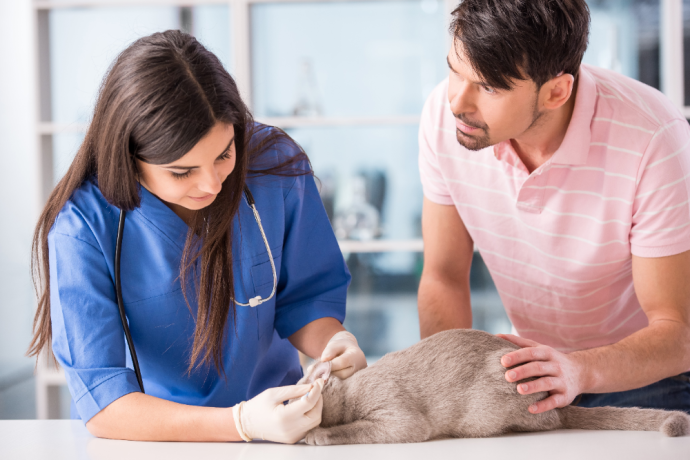 Cat Veterinary Tips Cat Fleas and Ticks: How to get rid of Fleas on Cats? (Vet Advice)
Cat Veterinary Tips Cat Fleas and Ticks: How to get rid of Fleas on Cats? (Vet Advice) - 170
- 0
 Cat Veterinary Tips Cat Chewing Cardboard: Why Does My Cat Chew On Cardboard? Vet Advice
Cat Veterinary Tips Cat Chewing Cardboard: Why Does My Cat Chew On Cardboard? Vet Advice - 1265
- 0
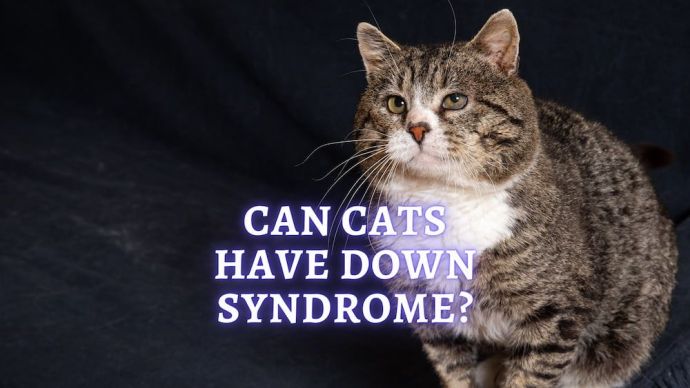 Cat Veterinary Tips Down Syndrome Cat: Can Cats Have Down Syndrome? (Vet Advice)
Cat Veterinary Tips Down Syndrome Cat: Can Cats Have Down Syndrome? (Vet Advice) - 689
- 0
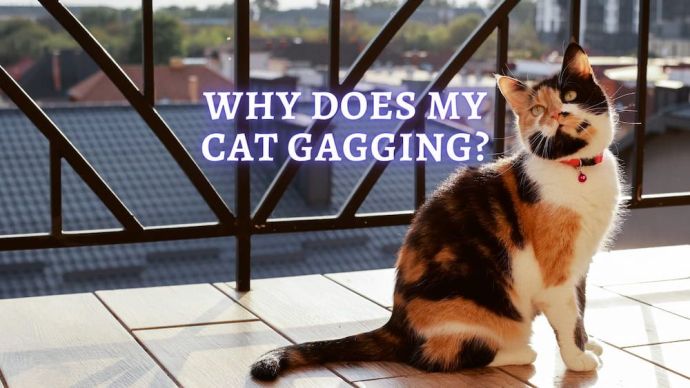 Cat Veterinary Tips Cat Gagging: Why Does My Cat Keep Gagging But Not Throwing Up? (Vet Advice)
Cat Veterinary Tips Cat Gagging: Why Does My Cat Keep Gagging But Not Throwing Up? (Vet Advice) - 1029
- 0
 Cat Care Why Does My Cat Attack My Legs? 10 Reasons Why and What To Do About It (Vet-Approved Advice)
Cat Care Why Does My Cat Attack My Legs? 10 Reasons Why and What To Do About It (Vet-Approved Advice) - 45080
- 21
 Cat Veterinary Tips Cat Stomach Gurgling: Vet Advice on Why is Your Cat Stomach Gurgling?
Cat Veterinary Tips Cat Stomach Gurgling: Vet Advice on Why is Your Cat Stomach Gurgling? - 33729
- 4
 Cat Veterinary Tips My Cat Lost its Voice: Can Cats get Laryngitis? (Vet Advice)
Cat Veterinary Tips My Cat Lost its Voice: Can Cats get Laryngitis? (Vet Advice) - 22889
- 13









